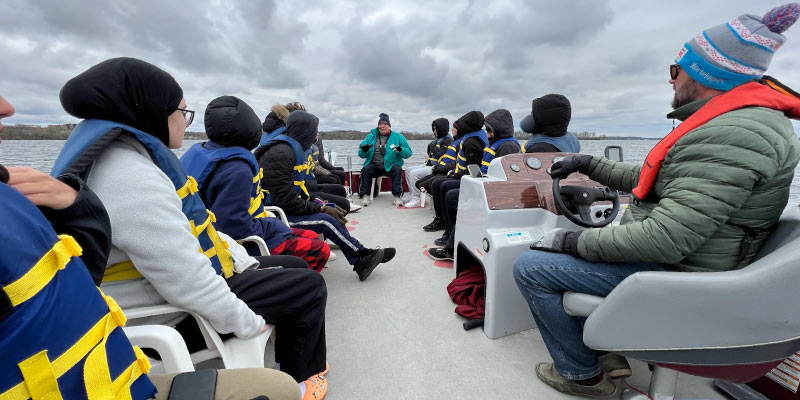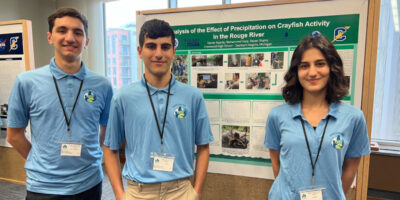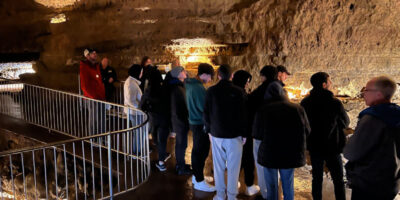
For the first time ever, the Nelson Institute’s Center for Climatic Research (CCR) hosted the three-day Student Research Symposium through the Global Learning and Observation to Benefit the Environment (GLOBE) Program. Sponsored by the NOAA, U.S. Department of State, National Science Foundation, and NASA, the GLOBE program aims to give students “a hands-on approach to the scientific method.”

CCR director Michael Notaro says that this has possibly been the largest Midwest student research symposium ever, with about 70 participants. Middle and high school students were welcomed from schools across Wisconsin, Michigan, and Ohio to present about research projects they conducted among their own communities, which they displayed on posters. “The quality of the students’ posters and presentations was absolutely stunning,” says Nortaro. “[the students] carried out environmental research studies and developed summary posters that looked like ones you might see at the American Geophysical Union conference.”
A few award-winning student projects include Macroinvertebrates: A Leaf Pack Experiment presented by Stevie Frantz (middle school, Wooster City Schools), Better Water = Better Crops: Truth or Fiction? by Zia’Onna Currie (middle school, Detroit Public Schools), and Analysis of precipitation and select water quality parameters on crayfish activity in the Rouge River, presented by Samer Ayache, Mohammed Harp, and Razan Shams (high school, Crestwood High School).

In addition to presenting their projects, students and their mentors participated in various other activities around the Madison area. They played student vs. teacher in ‘climate Jeopardy,’ toured the Atmospheric and Oceanic Studies Building (and learned about its undergraduate program), were bused to Cave of the Mounds where they toured the site of recent groundbreaking climate research, and wrapped up with a boat tour of Lake Mendota. Overall, the symposium was “simply outstanding”, Notaro reflects . Photos of the symposium can be found here.